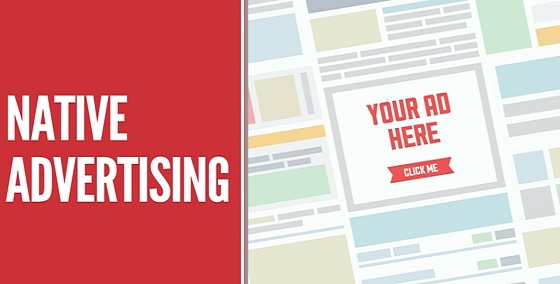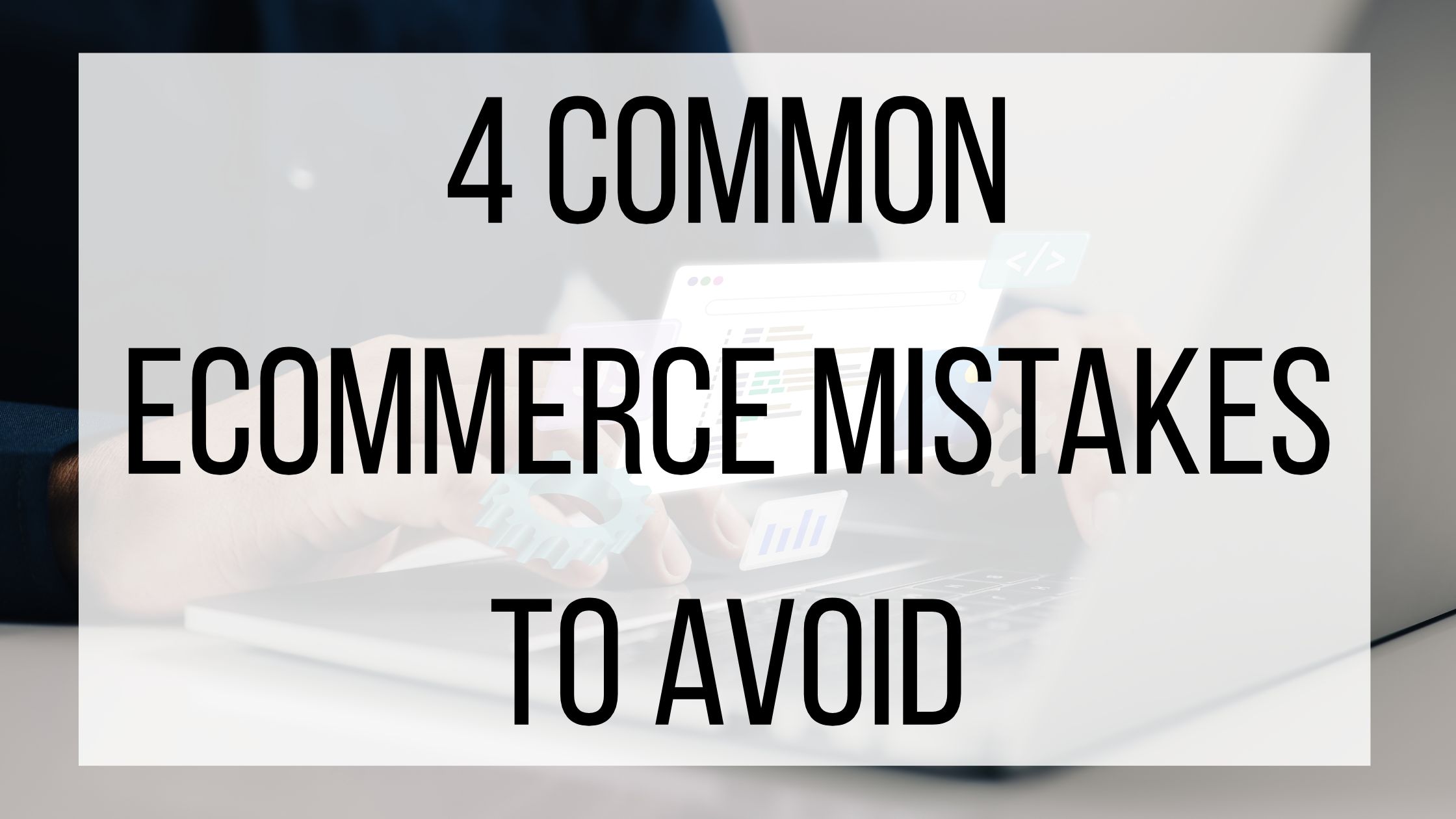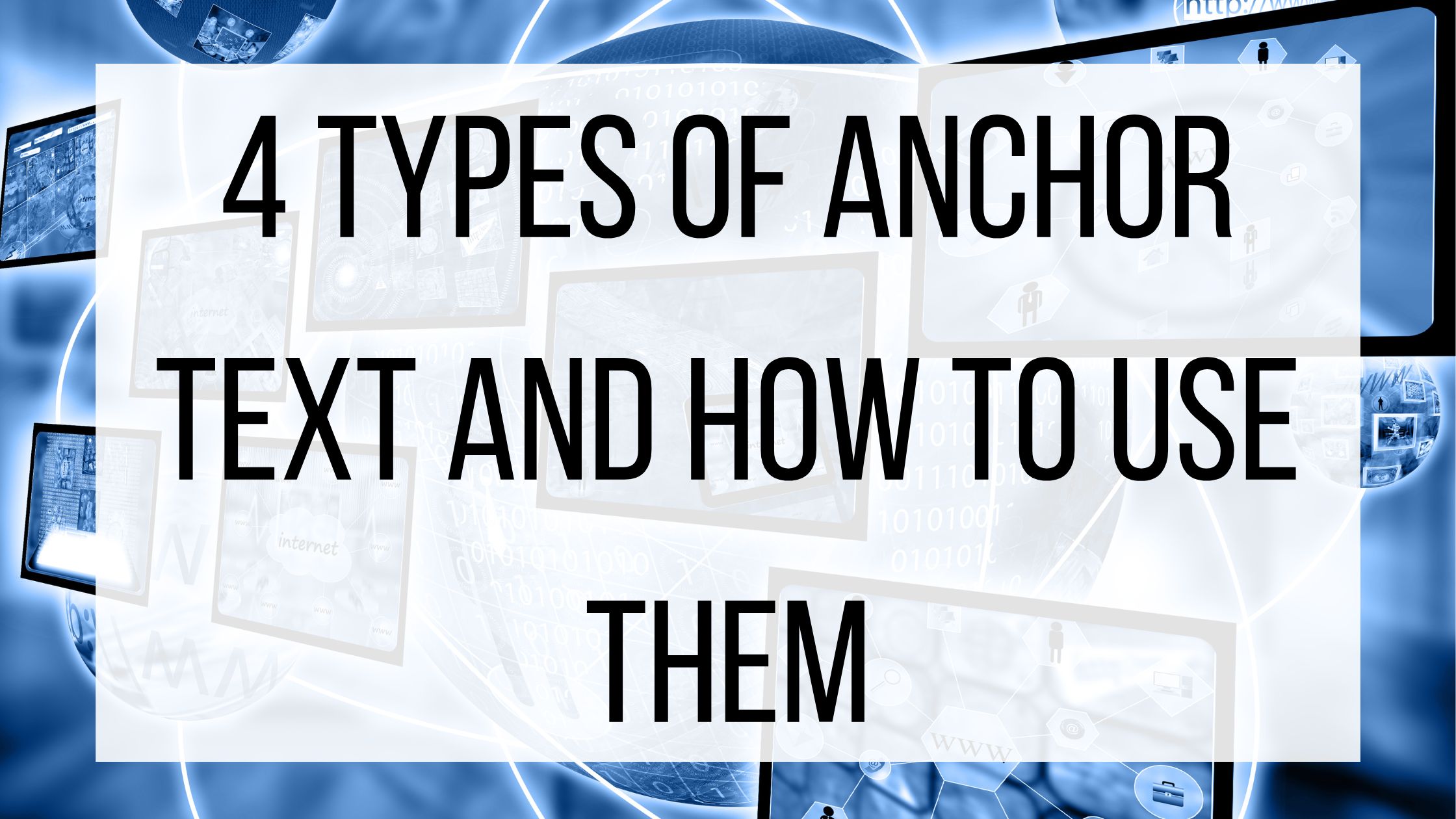Native Advertising
One of the most pressing issues of 2016 is how to achieve marketing efficiency when consumers are going out of their way to avoid ads. The problem is growing worse as consumers find themselves overwhelmed with banner ads, emails, text messages, and an abundance of traditional marketing techniques. And with the rise of ad blocking software, marketers have to work harder to reach their target audiences. However, as technology continues to advance, digital adverting strategies are evolving to keep up and one strategy is becoming more relevant in 2016 than ever: Native Advertising.
What is Native Advertising?
Native Advertising refers to any ad that does not look like it is an ad. You might not even know you are reading native advertising until you reach the end of it. This is because native advertisements are crafted to mirror the content of the website you’re visiting, which creates a natural, less disruptive advertising experience. In other words, you think you’re reading a story or column, but it’s really an ad.
Does it really work?
A survey of 509 consumers conducted by Contently found that most people struggle to differentiate what is and is not branded content. They found that consumers tend to identify native advertising as an article, not an advertisement. In theory this means consumers are much less likely to ignore native ads vs. traditional banner ads since they feel like they are seeing the content they came there to see. What’s more, consumers who read high-quality native ads report a significantly higher level of trust for the sponsoring brand. But don’t just take our word for it, let’s look at a great example of how native advertising works.
Most major publishers are pushing a native advertising strategy and you can find it on almost every platform ranging from the trendy Buzzfeed to the elite Wall Street Journal. Even the venerable New York Times launched its sponsored content in January 2014 and recently revealed that 20% of digital advertising revenue is attributed to this strategy. In August 2014, The New York Times published an article titled “Women Inmates: Why The Male Model Doesn’t Work.” The in-depth article discussed the many problems women face in prison and has become a great example of how native advertising can work. At the end of the article it is clear this is an native ad when you see the small advertisement for of the second season of “Orange is the New Black.”
The New York Times is a great example of how to present native advertising but don’t let it intimidate you. The best way to get started with native advertising is to start small and pursue opportunities with a publication specific to your niche. You may not see great results right away, but do not ignore the potential of this strategy especially as ad blocking increases. When executed correctly, native advertising can deliver valuable content to help get your brand’s message in front of the audience you are after in the most efficient way possible.



